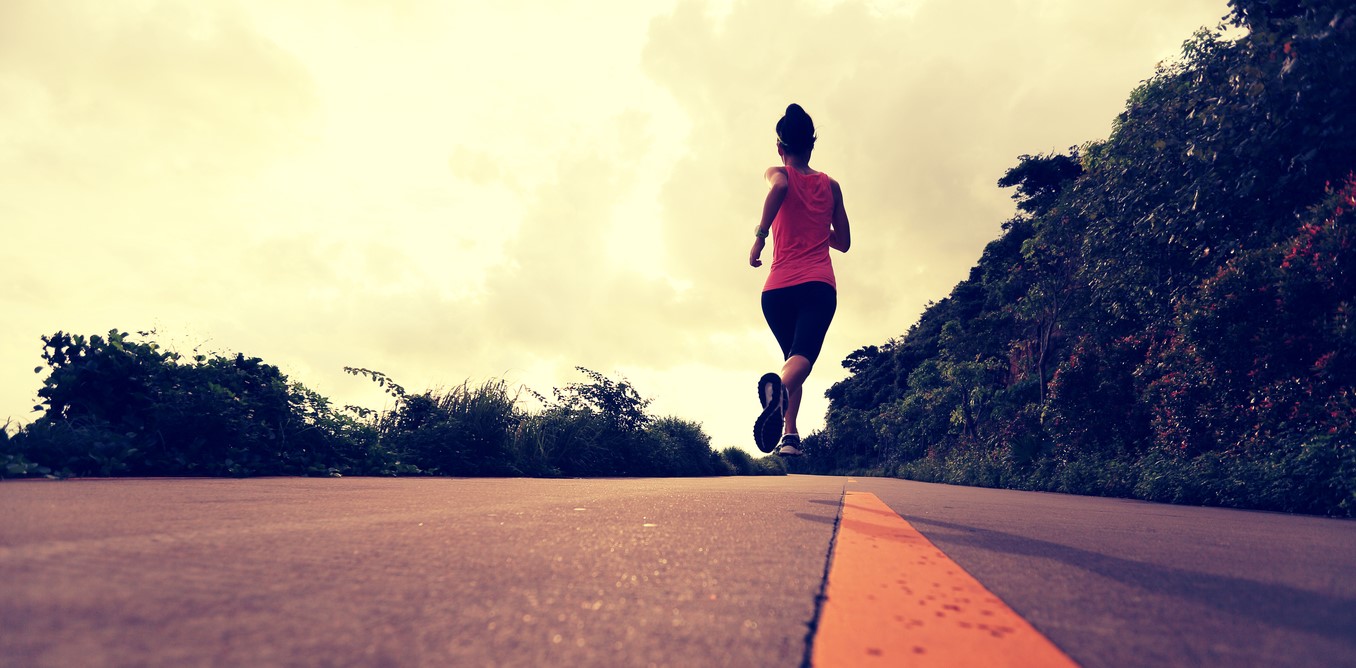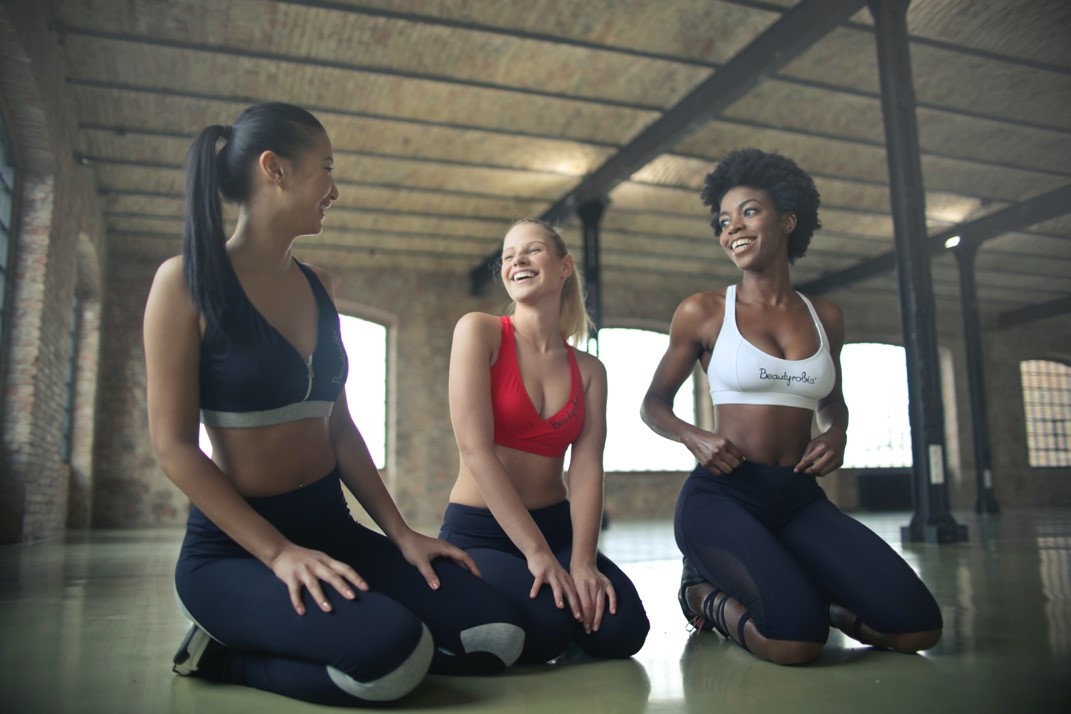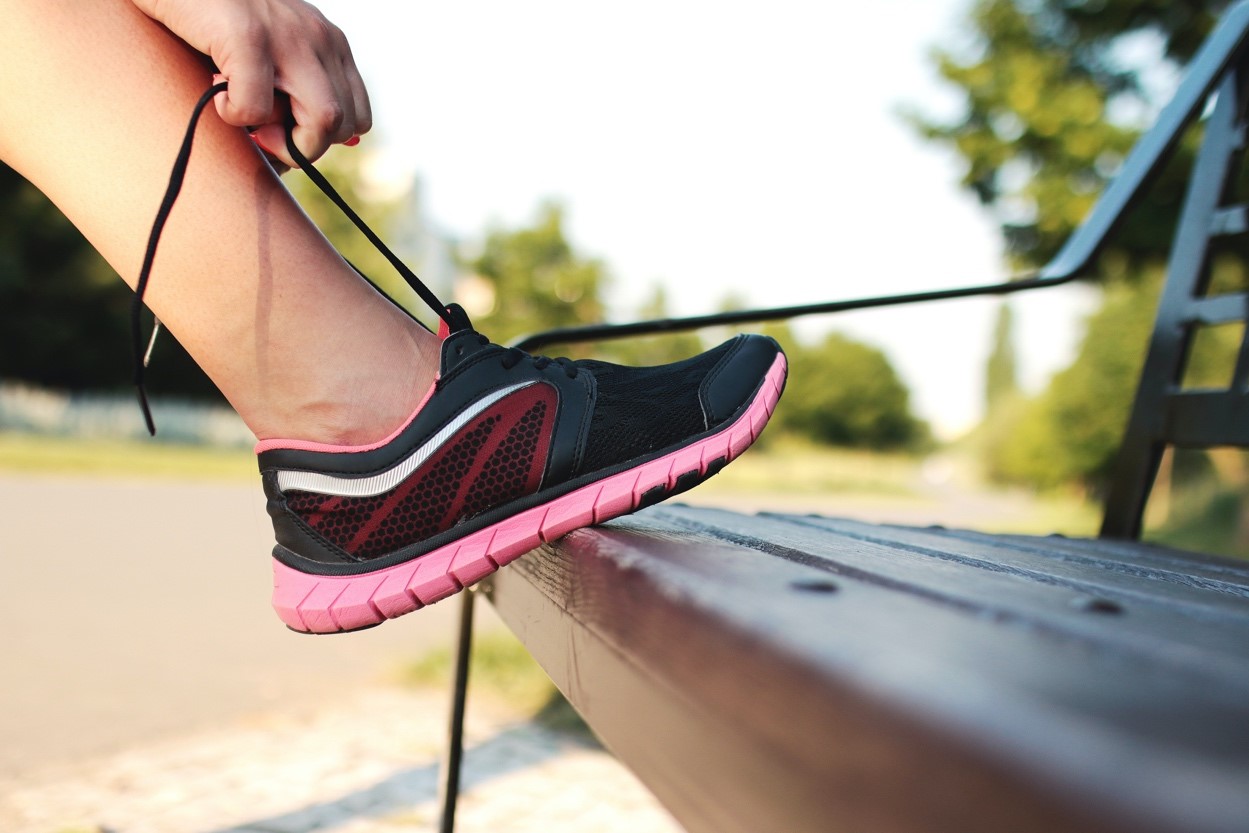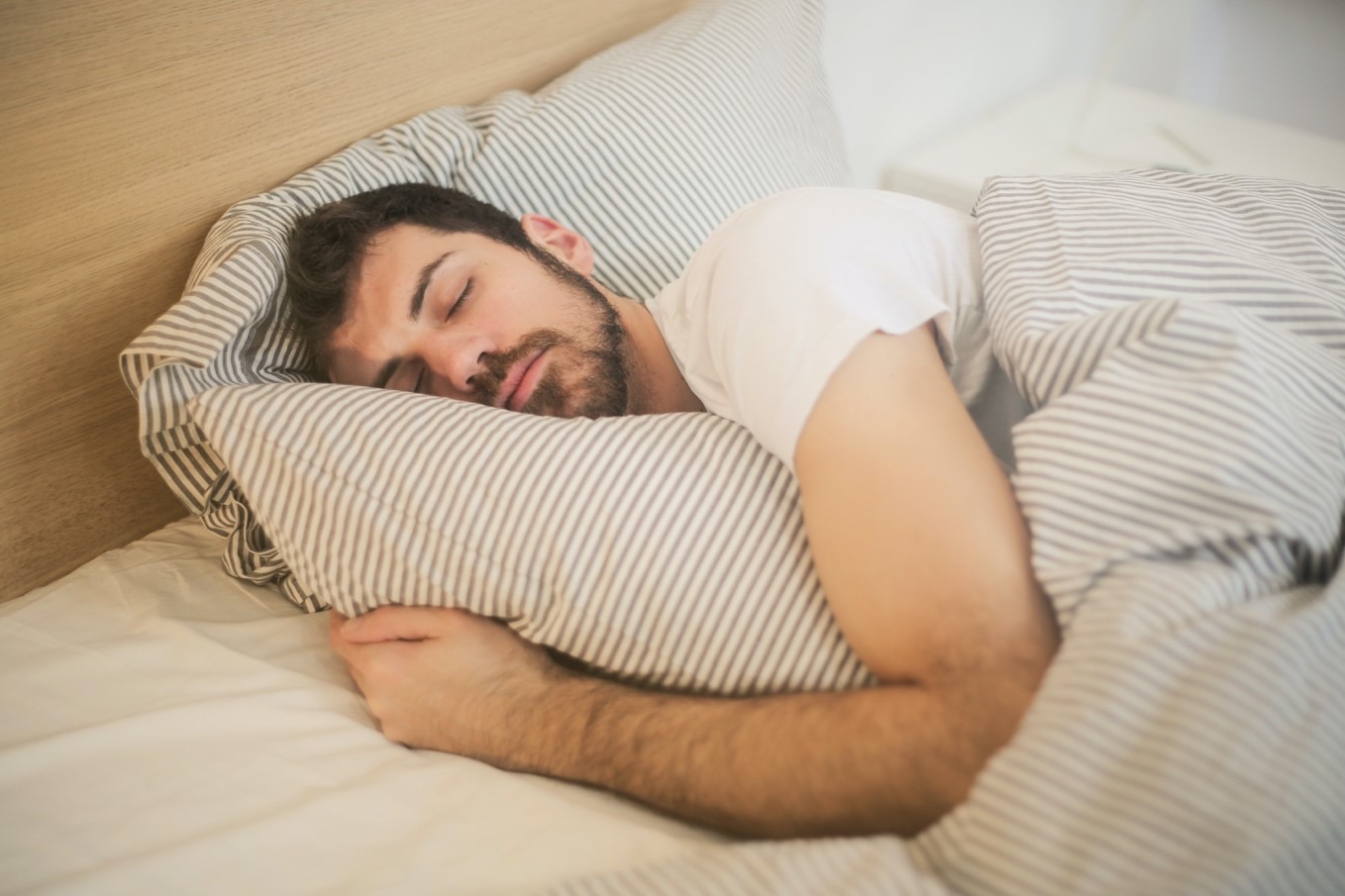By: Nicholas Commisso
Physical Exercise (PE) is commonly associated with physical and aesthetic fitness. People who regularly partake in PE typically appear more fit, carry more lean muscle tissue, have greater cardiovascular health and are more likely to excel in athletics. However, there is so much more to fitness than this! Arguably more relevant and vital to today’s climate, PE can drastically improve the quality of a person’s mental health. Continue reading to understand some of the reasons that an active lifestyle can improve mental health and overall well-being, as well as some useful tips on how you can start this journey into self-betterment.

Stress & Anxiety Relief
In the busy nature of life, intensified by the COVID-19 pandemic, stress is basically inevitable. While people may feel different degrees of stress depending on their life circumstances (i.e., career paths, family dynamics, monetary standing, etc.), it’s important to try to find a source to subdue the negative effects associated with stress. Physical activity is one of the best coping strategies for stress, as it uses mechanical exertion and hard work to “sweat” out the weight of worry. Whether you decide to opt for resistance training or aerobic activity, PE helps lower the concentration of stress hormones (cortisol and adrenaline) within the nervous system (Robinson et al., 2021). Simultaneously, the production of endorphins, which are the body’s natural “painkillers”, helps improve mood and promotes the feeling of optimism (Robinson et al., 2021). In addition, PE can help loosen tense muscles and tight nerves, a by-product of mental stress, thereby returning your physical condition to a more relaxed state (Harvard Health Publishing, 2020). If these benefits sound appealing to you, perhaps this natural method of stress relief might work for you.

Higher Confidence & Self-Esteem
When you start to visually see the results of your hard work with improvements in both physical appearance and physical abilities, you will likely feel a heightened sense of confidence. Increased strength is almost always accompanied by better body composition (more muscle, less fat or both) as well as better performance in sports and other physical activities. Feeling more capable and primed to succeed while also looking more fit as a result of physical exercise is scientifically proven to increase confidence and self-esteem (Zamani Sani et al., 2016). Having people notice your physical improvements and compliment you on your hard work is also a nice feeling, as it can provide a sense of objective progress. However, true confidence and love for oneself come from within, so do this for yourself and enjoy the journey.

“Nature’s Caffeine”
I know everyone reading this has dreaded the sound of their morning alarm, wondering where the hours of the night went, mentally refusing to leave the comfort of their warm bed. Many of us require a boost of energy to make it through the day. Would a nice cup of coffee help? Maybe… However, what if there was another way to start off your day feeling energized?
PE can be just that! Exercise, despite the common misconception, can actually increase energy within the body in several ways. Firstly, physical exertion boosts the production of mitochondria, the powerhouse of the cell (welcome to Grade 10 science class!). Mitochondria are primarily responsible for converting glucose and oxygen into fuel for the body to use; therefore, we want more of these little organelles, and physical activity is the path to achieving just that. In addition, exercise requires more oxygen to flow through the body so that your organs and muscles receive adequate fuel to continue functioning (Golen & Ricciotti, 2021). Increased oxygen circulation along with the release of endorphins raises the body’s energy levels (Golen & Ricciotti, 2021). Lastly, exercise also boosts your metabolism, thus increasing your energy output while simultaneously burning calories!

Regulates Sleep & Recovery
We have heard the phrase, “You need to get 8 hours of sleep each night” from teachers, parents, and healthcare professionals our whole lives. It seems so simple, yet it’s one of the most difficult things to accomplish. We get engrossed in a Netflix show, stay up late doing work, or simply toss and turn for hours, ruminating about the past or worrying about the future. This is causing a lot more damage than you might think. A lack of sleep can interrupt our body’s ability to properly recharge, while also negatively affecting memory, judgement, and mood (American Psychological Association, 2013). Stress and sleep have an inverse relationship: the less sleep we get, the more stress we accumulate, and vice versa.
While PE does give you a short-term energy boost, it makes you more tired towards the end of the day, specifically at nighttime. Think about it, who’s more likely to have an easier time falling asleep at night: a person who has been quite sedentary for most of the day or someone who has exerted a lot of energy? From personal experience, the days that I have my heaviest weightlifting sessions are the days I desire my bed more than anything in the world, and I am a certified night owl. The body requires rest and exerting more energy will help you get more deep and restful sleep, improving your mental health in the process.

Sense of Accomplishment
I’ve been going on and on about how beneficial a lifestyle integrated with PE is, but I never said it was easy. Like many things, making a regular habit of PE will require effort and may feel like a chore at the beginning. However, it can be very rewarding once you start to see the results of your hard work. Whether your goal is to become stronger, put on some muscle, lose some weight, improve cardiovascular health, or simply just acquire a new hobby, you should be very proud of your efforts. It’s important to note that everyone improves at different rates, as countless factors influence physical fitness, so it’s not reasonable to compare yourself to others. Instead, recognizing your progress from where you first started can massively boost your confidence and overall well-being, proving to yourself what hard work can really do.

Getting Started
This really depends on what your goals are and what you are specifically trying to achieve. With almost all types of exercise, it’s reasonable to start slow and get in 15-30 minutes a day. However, if that’s too intense or difficult to schedule, start with 5–10-minute sessions and focus on proper technique or form before slowly building up to longer sessions. In addition, you do not need to suffer during exercise. You may see people on social media who lift extremely heavy weights and spend hours in the gym every day, but for many people, that is not attainable or even enjoyable. Contrary to what some may believe, fitness can be fun and a privilege to take part in, as there are so many attainable benefits. Go at your own pace, try to stay semi-consistent, and give it your best…you have no idea how quickly your life will improve!
References
American Psychological Association. (2013). Stress and Sleep. American Psychological Association. https://www.apa.org/news/press/releases/stress/2013/sleep
Golen, T., & Ricciotti, H. (2021, July 1). Does exercise really boost energy levels? Harvard Health Publishing. https://www.health.harvard.edu/exercise-and-fitness/does-exercise-really-boost-energy-levels
Harvard Health Publishing. (2020, July 7). Exercising to relax. https://www.health.harvard.edu/staying-healthy/exercising-to-relax
Mental Health Foundation. (2021, August 19). Physical activity and mental health. https://www.mentalhealth.org.uk/a-to-z/p/physical-activity-and-mental-health
Robinson, L., Segal, J., & Smith, M. (2021, August 4). The mental health benefits of exercise. HelpGuide. https://www.helpguide.org/articles/healthy-living/the-mental-health-benefits-of-exercise.htm
Zamani Sani, S. H., Fathirezaie, Z., Brand, S., Pühse, U., Holsboer-Trachsler, E., Gerber, M., & Talepasand, S. (2016). Physical activity and self-esteem: Testing direct and indirect relationships associated with psychological and physical mechanisms. Neuropsychiatric Disease and Treatment, 12, 2617–2625. https://doi.org/10.2147/NDT.S116811







